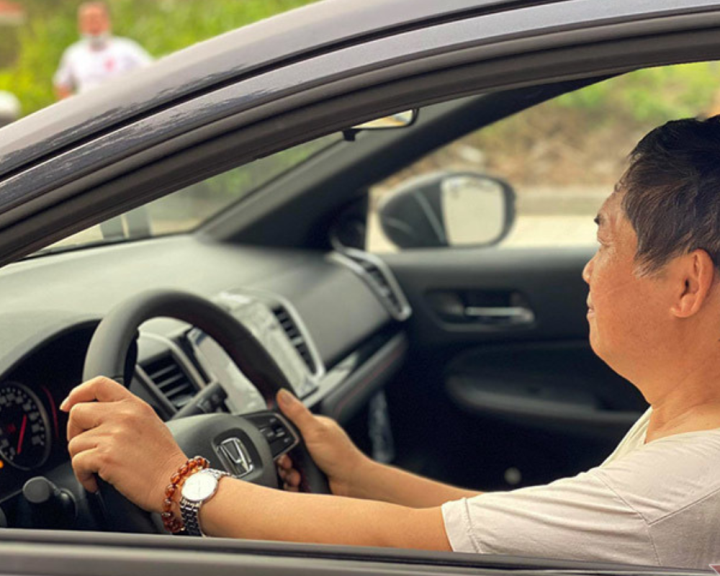Tips to Control Blind Spots While Driving

When it comes to driving, being aware of blind spots is crucial for your safety and the safety of others on the road. Blind spots are areas around your vehicle that are not visible in your mirrors, making it challenging to spot other vehicles or obstacles. In this article, we will discuss some essential tips to help you control blind spots effectively.
Understanding Blind Spots
Rearview Mirror Blind Spots
One of the most common blind spots is the area behind your vehicle that is not reflected in the side rearview mirrors. Many drivers mistakenly assume that the left side of the road is clear and proceed to change lanes without checking properly. This can lead to collisions, particularly when driving at high speeds. To avoid this, it is essential to always check your blind spot by briefly turning your head and glancing over your shoulder before changing lanes.
Front Blind Spots
Front blind spots can occur depending on the steering angle, making it difficult to see some areas while driving. To overcome this, it is recommended to lean forward slightly and adjust your seating position to improve visibility. Additionally, be cautious when making turns at sharp angles where there are no convex mirrors to warn you of approaching vehicles. In such situations, using your horn to signal your intentions can help alert others on the road.
Front blind spots are more common in taller vehicles like SUVs, trucks, and pickups. When driving these vehicles, it is crucial to pay extra attention and establish a habit of scanning the road ahead to ensure there are no obstacles or pedestrians.
Rear Blind Spots
Rear blind spots are the most dangerous and cover a significant area behind your vehicle, extending several meters from the rear end. To ensure safety in all circumstances, it is recommended to equip your vehicle with a rearview camera or reverse sensors. If your vehicle does not have these features, it is crucial to thoroughly check the area behind before reversing, especially in residential areas or places where children might be present.
Minimizing Blind Spots
Adjusting Mirrors
The first step to minimizing blind spots is properly adjusting your mirrors. Start by tilting your head close to the window and adjust the side mirrors so that the rear edges of your vehicle are barely visible. This positioning will expand your field of view, reducing blind spots to a great extent.
Adjusting Driving Position
Another crucial factor in minimizing blind spots is your driving position. Experts suggest that your driving seat should be positioned higher than the steering wheel to ensure a clear view of the road ahead, approximately 4-5 meters in front of your vehicle. Avoid leaning forward, tilting to the sides, or slouching, as these positions can create additional blind spots.
By following these tips and being more conscious of your blind spots, you can significantly enhance your driving safety. Remember, always take the time to check your blind spots and use your mirrors effectively. Drive responsibly and make the roads a safer place for everyone.
For more helpful information and articles about finance and economics, visit Business Today.
